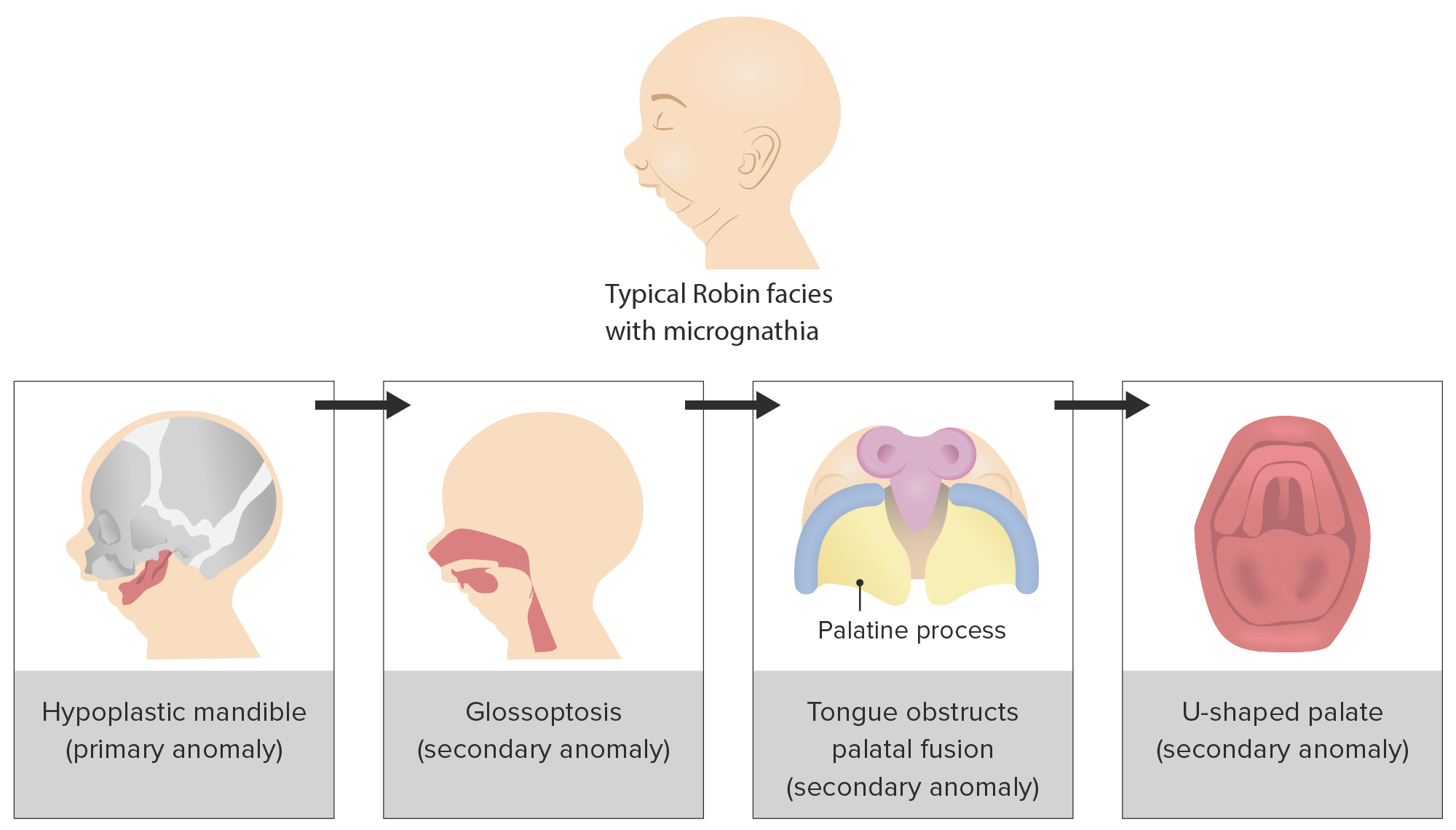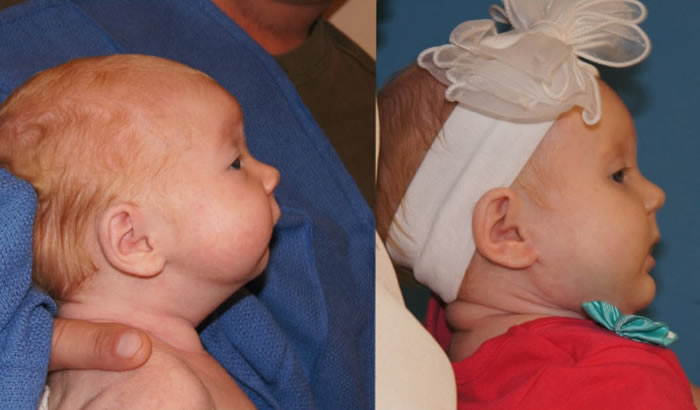
The vocal QoL of the adolescents (mean VHI-9i = 7.5 ) was better than that of patients with other voice pathologies and better when phonation was good. The oral QoL of the adolescents with non-isolated PRS was significantly worse (COHIP-SF19 = 24.2) than that of control patients and close to that of children with other craniofacial malformations. The oral QoL of these adolescents was comparable to that of control patients and was significantly better than that of children with other craniofacial malformations (COHIP-SF19 = 17.5, 15.4 and 25.7, respectively). Only one vs two-stage surgery seemed to affect final aesthetic results.

For 14%, morphological results were considered disharmonious, with no link to neonatal retrognathia severity. Two-thirds of our adolescents retained low or moderate phonation difficulties, but risk factors were not identified. We assessed the phonatory and morphological outcomes of 72 cognitively unimpaired adolescents with PRS, studied their oral (COHIP-SF19), vocal (VHI-9i) and generic quality of life (QoL KIDSCREEN-52), and searched for determinants of these outcomes. Nevertheless, the quality of life in adolescence and the phonatory and morphological outcomes are rarely analysed.

Patients with PRS, either isolated or associated with Stickler syndrome have good intellectual prognosis.

Pierre Robin sequence (PRS) is a heterogeneous condition involving retro(micro)gnathia, glossoptosis and upper airway obstruction, very often with posterior cleft palate.


 0 kommentar(er)
0 kommentar(er)
